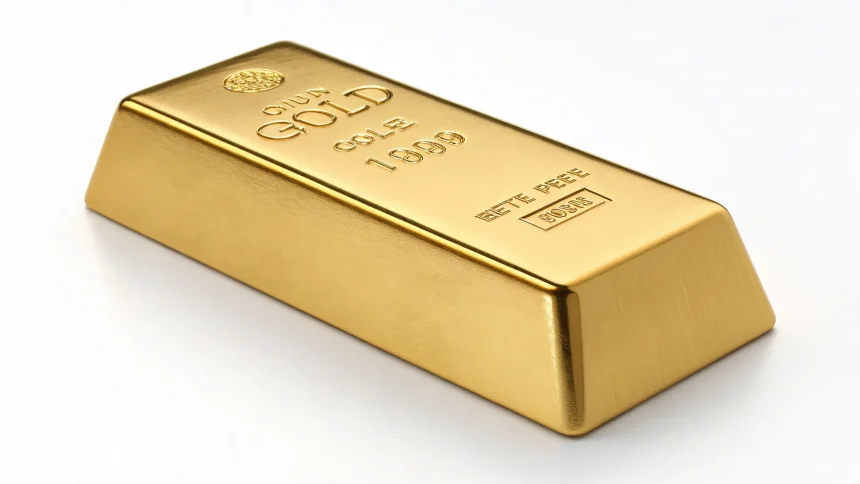Gold is again in focus as investors look for signals on inflation and how to protect their savings. The metal’s moves offer clues about confidence in central banks, interest rates, and the strength of currencies. Traders and savers are asking the same question: can gold still help hold its value when prices rise across the economy?
For decades, people have turned to gold during high inflation and market stress. The metal does not pay interest, but it is scarce and widely trusted. When inflation rises and cash loses buying power, gold often becomes more attractive. Yet its track record is mixed, and timing matters. Understanding the forces behind price swings can help readers see what today’s action might mean for the months ahead.
How Gold Behaves When Prices Rise
Gold is often called an inflation hedge, but the relationship is not always tight from month to month. Over short periods, the metal can fall even when inflation is hot. Over longer stretches, it has tended to hold purchasing power better than many paper assets.
History shows both sides. In the 1970s, when inflation surged, gold gained over several years as investors sought safety. In the early 1980s, prices retreated after central banks lifted interest rates to tame inflation. During the 2008 financial crisis and the 2020 pandemic shock, gold drew strong interest as a store of value. These cycles suggest that policy and real interest rates often matter as much as the inflation rate itself.
What Drives Day-to-Day Moves
Several forces guide gold’s daily direction. Inflation expectations play a role, but they are one piece of a wider picture that includes bond yields, the U.S. dollar, and investor flows.
- Real yields: When inflation-adjusted bond yields fall, gold tends to benefit because the opportunity cost of holding a non‑yielding asset is lower.
- U.S. dollar: A stronger dollar can weigh on gold prices since it makes the metal more expensive for non‑U.S. buyers.
- Central bank policy: Rate hikes can pressure gold; pauses or cuts can support it.
- Investment flows: Exchange-traded funds and futures positioning can amplify moves up or down.
- Physical demand: Buying in major markets such as India and China can add support, especially during wedding seasons and festivals.
Reading Today’s Signals
When inflation data runs hot and real yields fall, gold often rises. If the opposite occurs—yields jump on hawkish policy signals—gold can slip even as headline inflation stays elevated. That split can look confusing, but it reflects what matters most for pricing: the balance between expected inflation and the return investors can earn elsewhere.
Market watchers often track breakeven inflation rates, the 10‑year Treasury yield, and the trade-weighted dollar index. Moves across those gauges help explain why gold sometimes decouples from the latest inflation print. If investors believe inflation will cool and rates will stay higher for longer, gold’s upside can stall. If they see sticky inflation and a path to lower real yields, gold tends to draw buyers.
How It Compares With Other Hedges
Gold is only one way to defend against higher prices. Commodities, Treasury inflation-protected securities (TIPS), certain real assets, and diversified stock exposure can also help. Each option has trade-offs. Commodities can be volatile. TIPS align with inflation but face rate risk. Stocks can outpace inflation over time, yet they can suffer during slowdowns.
Gold’s advantage is its low long-term correlation with financial assets and broad recognition as a store of value. Its drawback is the lack of income and periods of underperformance when real rates rise.
What To Watch Next
Investors will watch the next inflation releases, central bank meetings, and signals about growth. Central banks’ gold purchases, which have been strong in recent years, are another factor to monitor. Changes in demand from jewelry buyers and technology users can also affect prices at the margin.
For those considering gold, position size and time horizon matter. Short-term moves can be sharp, while long-term holdings aim to protect purchasing power. A mix of assets may offer steadier results than relying on any single hedge.
Gold’s recent trading shows that inflation protection is not a straight line. Prices react to real yields, the dollar, and policy signals as much as to the inflation rate itself. If real yields ease and inflation stays sticky, the metal could find support. If policy remains tight and yields rise, gold may struggle. The next set of economic data will help set the tone for the path ahead.







